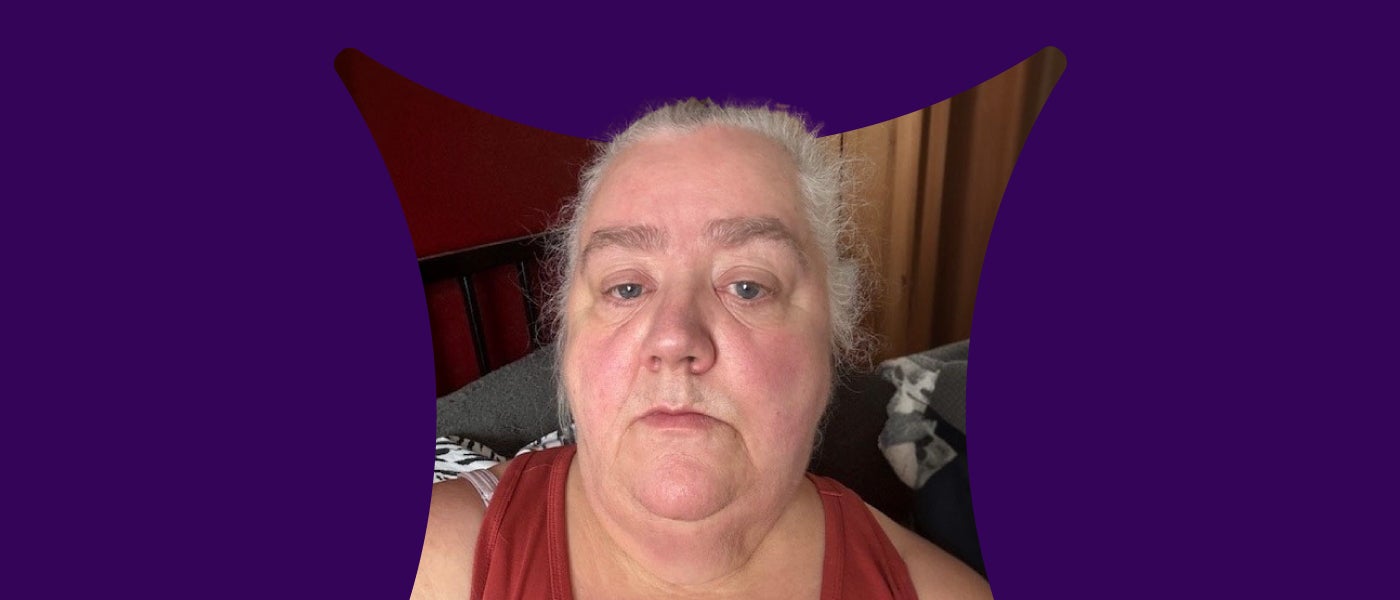- Home
- News and stories
- 3 reasons why greyscale is bad for online accessibility
3 reasons why greyscale is bad for online accessibility
 13 April 2021
13 April 2021
The news of the Duke of Edinburgh’s death on Friday marked the end of an era, and the start of a period of national mourning.
Many organisations found ways to show their respect for the Royal Family in their time of grief.
National Rail and other train companies chose to temporarily turn their websites to greyscale.
While done with good intentions, the change created accessibility problems for disabled customers. For many disabled people, it blocked them from accessing essential services and information.
But why does greyscale create problems when it comes to online accessibility? And why might some organisations be breaking the law by using it?
1. Colour contrast
Greyscale can create problems when it comes to colour contrast. It can be very difficult or impossible for some people with visual impairments to read the information.
Websites need to have sufficient contrast with the background. This makes sure the text is readable and other elements are distinguishable.
The recommended minimum is 4.5:1 for normal text and 3:1 for large text and other elements.
There are a few tools you can use to check colour contrast for free:
- contrast-ratio.com plugin
- WebAIM colour contrast checker
- WCAG colour contrast checker Chrome extension
2. It can interfere with accessibility tools and plugins
There are a wide range of tools and plugins available which can help make the web more accessible.
As well as causing contrast problems, some of these tools and plugins did not work with the National Rail greyscale “filter”.
3. Accessibility was an afterthought
Every public sector organisation’s website should meet a minimum standard for accessibility. This is now the law.
In reality, many still do not meet this standard. And their websites have a range of accessibility issues that cause problems for disabled people.
The change to greyscale showed once again, disabled people had been forgotten.
Disabled people tell Scope they’re blocked from accessing vital services and information, as well as online shopping and entertainment, because of accessibility problems.
Far too many organisations do not consider accessibility as a priority at every step. They should be talking to and listening to their disabled customers. And everyone working on a website should know the basic best practices of web accessibility.
Scope accessibility support
Scope’s Big Hack programme has a free resource hub of accessibility articles and guides.
We also offer content accessibility training services to help organisations become more inclusive.
Contact us on bighack@scope.org.uk for more information.
 13 April 2021
13 April 2021








